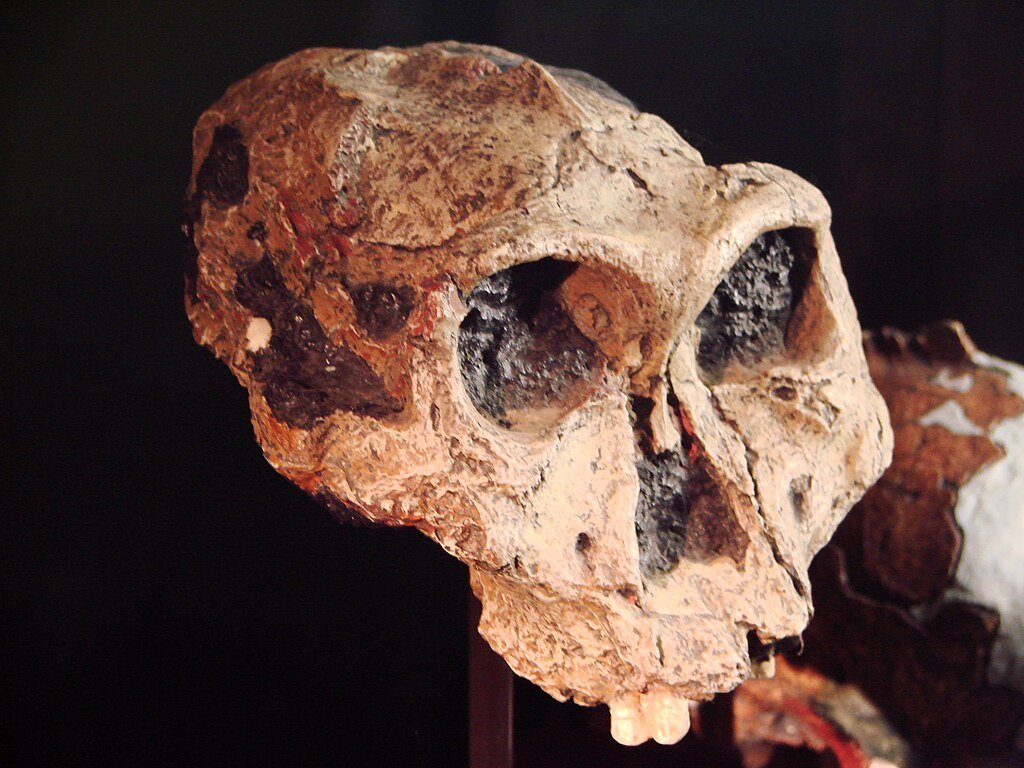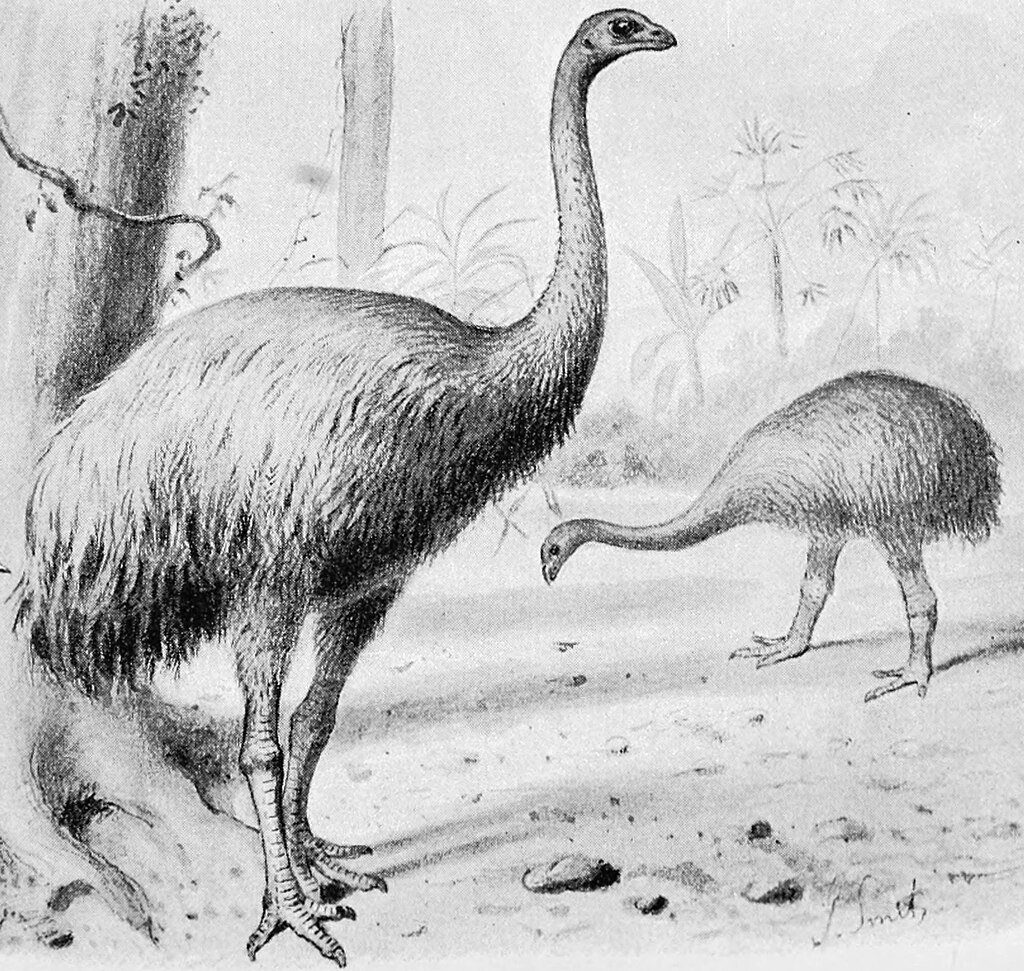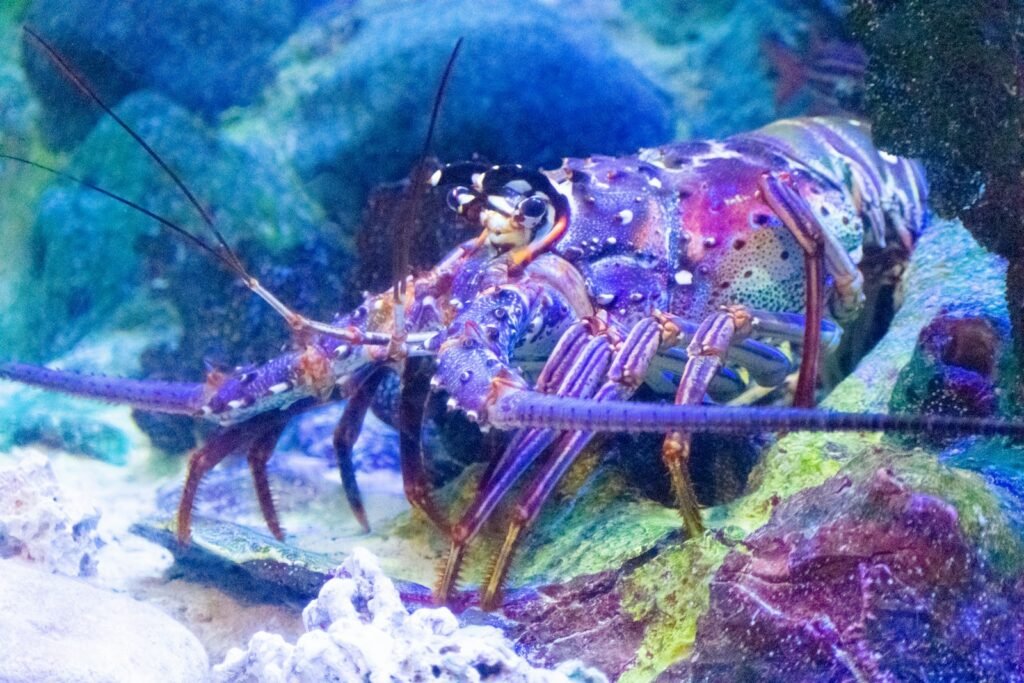A new study of two-million-year-old tooth enamel has revealed surprising genetic diversity in Paranthropus robustus, a distant upright-walking relative of early humans. Using paleoproteomics—the analysis of ancient proteins—researchers extracted molecular data from fossil teeth found in South Africa’s Swartkrans Cave, offering one of the oldest glimpses into human ancestry ever recovered from the continent.
Proteins That Survive Where DNA Cannot

Unlike ancient DNA, which degrades rapidly in Africa’s warm climate, proteins embedded in tooth enamel can persist for millions of years. Researchers analyzed enamel from four P. robustus individuals and successfully identified sex-specific proteins, confirming that two were male and two were female. This breakthrough challenges long-standing assumptions based on tooth size alone, which had previously misclassified one male as female.
Genetic Variation and Evolutionary Puzzles
The protein sequences revealed subtle but significant genetic differences among the individuals. Two shared an amino acid with modern humans and great apes, while the other two had a variant so far unique to Paranthropus. One fossil even showed both variants, marking the first documented case of heterozygosity in proteins this ancient. These findings suggest that P. robustus may not have been a single species but a genetically diverse group with complex ancestry.
Implications for Human Evolution
This study provides some of the oldest molecular data ever recovered from African hominins, offering new tools to explore evolutionary relationships. By combining protein analysis with fossil morphology, scientists can better understand how traits evolved and how different hominin species may have overlapped or interbred. The research also highlights the importance of sustainable sampling and local collaboration in preserving Africa’s fossil heritage.
Conclusion

Tooth enamel has proven to be a molecular time capsule, revealing genetic clues that reshape our understanding of early human relatives. As paleoproteomic techniques advance, more fossils may yield secrets long thought lost to time, bringing us closer to decoding the tangled branches of our evolutionary tree.
Source:





